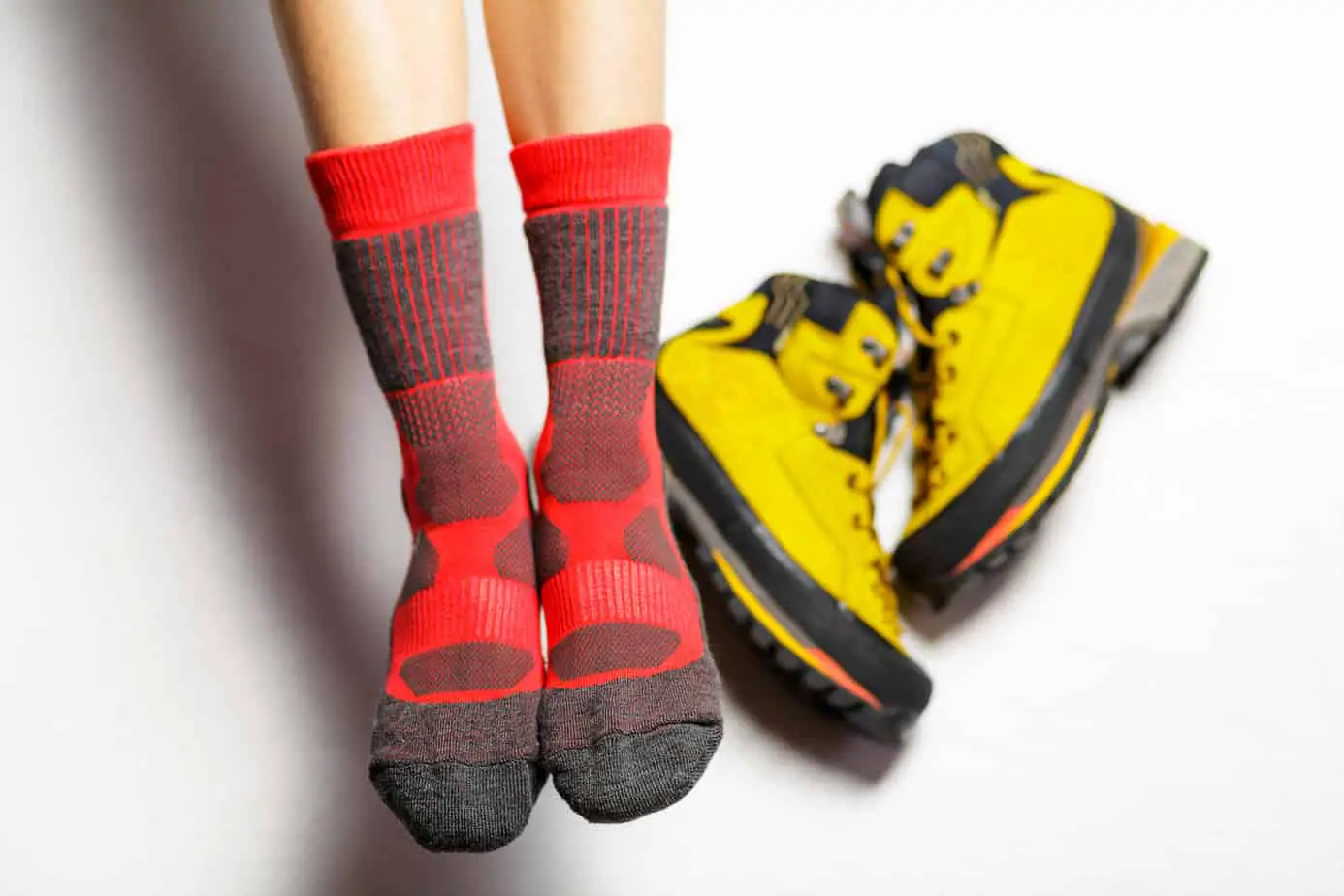
Have you ever wondered if the more expensive varieties of socks are more efficient and will give you fewer blisters than your old cotton ones? Find out here.
Wearing the correct type of socks is critical to ensure comfort, durability, and prevent blistering. Though the standard 100% cotton socks are cheap and comfortable enough for regular, everyday activities, they soak up and hold moisture, giving you blisters, and they don’t have the best padding. You may want something more technical for more extreme activities. Socks have different moisture wicking qualities, as well as padding thickness and placement, and ventilation.
Sock Liners
These thin, lightweight socks are designed to be worn under your regular pair of socks. Sock liners are usually made from synthetic materials like polyester and polypropylene. They can be easily washed and dried. Because of this, they are ideal for long trips. For a week long backpacking trip, you may want to consider bringing several pairs of liners, and only one pair of hiking socks. The sweat will be wicked away by the liner, leaving the hiking sock relatively clean. The liners are then easily cleaned, dried, and switched out for a new pair each day. Sock liners can help prevent blisters, but they won’t stop blisters from happening if your shoes are too small, so be sure to try your socks in with your shoes, so you know if they fit properly.
Wool vs Synthetic Socks
Merino wool can wick away a lot of moisture, holding up to 30% of its weight in water. It’s comfortable in a much broader range of temperatures, and provides good cushioning and support. Merino wool is a bit more expensive, but it doesn’t itch like regular wool. Synthetic socks wick moisture away and dry quickly. They are durable and can cushion well. However, synthetic socks don’t insulate as well when they are wet, and they can become uncomfortable in the heat.
Hiking Socks
Mountaineering socks are the thickest and heaviest duty socks for very rugged conditions. Lightweight hiking socks are thinner, and designed to fit better around wider feet. Midweight socks are slightly thicker than lightweight socks, and so they fit better around narrower feet, filling up the shoe better. Always be sure to try your socks on with your shoes, to make sure they fit right.

